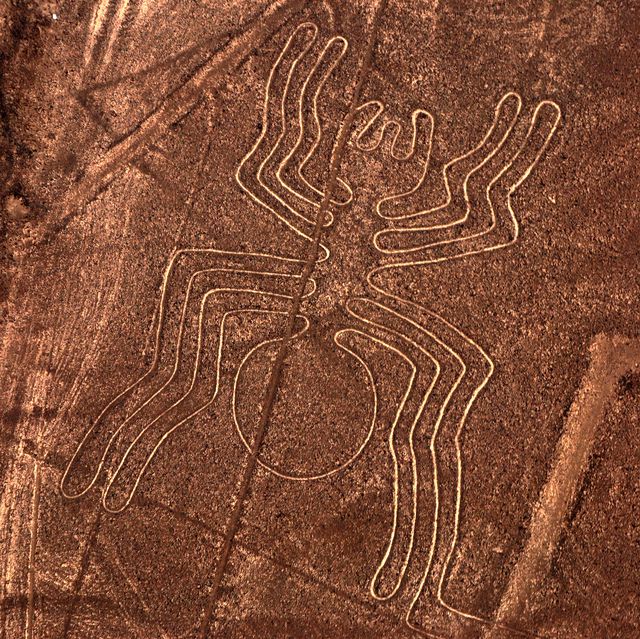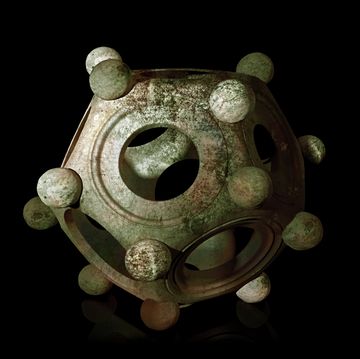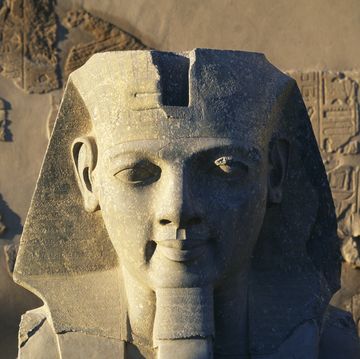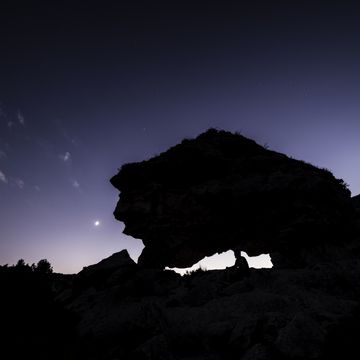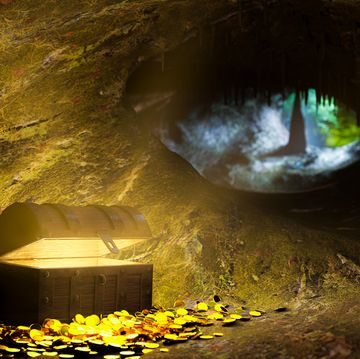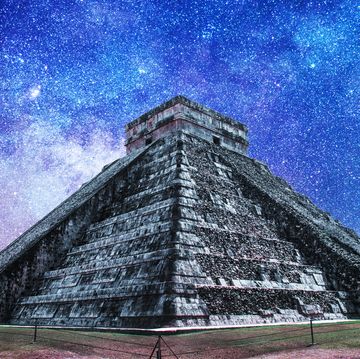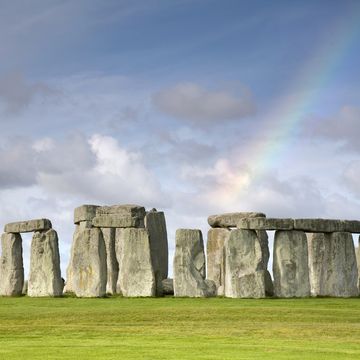- Deep learning from artificial intelligence helped researchers discover three new geoglyphs at the Nazca UNESCO World Heritage Site in Peru.
- The images include a pair of legs, a fish, and a bird.
- The approach, which combines field surveys and AI, made the process of finding new geoglyph candidates 21 times faster than it would have been with just the naked eye.
Researchers employed artificial intelligence to find a fish, a bird, and a relatively large pair of legs in the Nazca desert of Peru. They’ve been there for at least 2,400 years.
Using deep learning artificial intelligence, scientists have discovered the new geoglyphs at the UNESCO World Heritage Site–a site that has already revealed more than 350 geoglyphs. In the study, published in the Journal of Archeological Science, the authors say that by using deep learning-based object detection on high-resolution aerial photographs, they could speed up the search for new geoglyph candidates by about 21 times, as compared to searching with the naked eye alone. The method also comes with improved accuracy.
The team had uncovered the location of a humanoid figure in 2019, and can now add a 250-foot-long pair of legs, a fish 62 feet wide, and a bird about 56 feet across to their list of discoveries. You can see them here.
Masato Sakai, the lead author of the study, has been working with satellite imagery in his search for geoglyphs since 2004, according to Live Science. But it wasn’t until 2016, when the group recieved a new set of high-resolution photographs, that they employed IBM’s deep learning AI system ‘Watson’ to help discover new elements of geoglyphs.
“Even with human visual inspection, there are cases of missed or unrecognized geoglyphs,” the authors write. “For example, the newly discovered human geoglyph was near the famous hummingbird geoglyph but had never been found before. With the aid of deep learning, more geoglyphs can be discovered.”
To further confirm the findings, teams on the ground visited the locations to sniff out the freshly discovered images, typically created by removing black stone from the desert to show off the white sand beneath.
With undiscovered geoglyphs currently facing the risk of destruction, the authors say identifying these works of art can help stave off the threat of losing them. “By accelerating the research process,” the authors write, “our method contributes to archeology by establishing a new paradigm that combines field surveys and AI, leading to more efficient and effective investigations.”
Tim Newcomb is a journalist based in the Pacific Northwest. He covers stadiums, sneakers, gear, infrastructure, and more for a variety of publications, including Popular Mechanics. His favorite interviews have included sit-downs with Roger Federer in Switzerland, Kobe Bryant in Los Angeles, and Tinker Hatfield in Portland.
